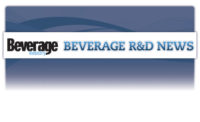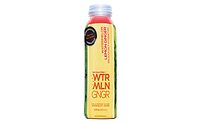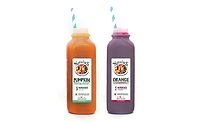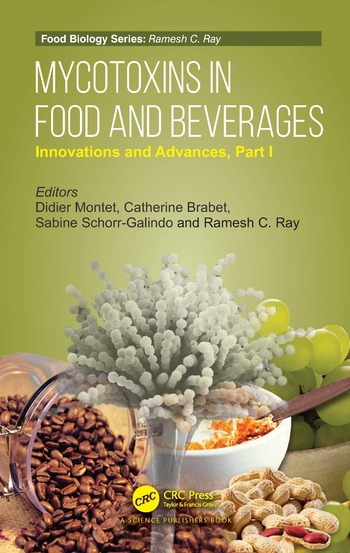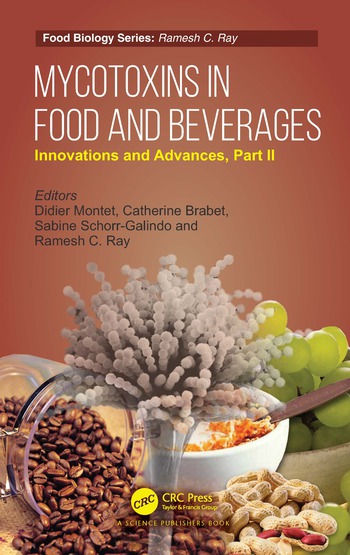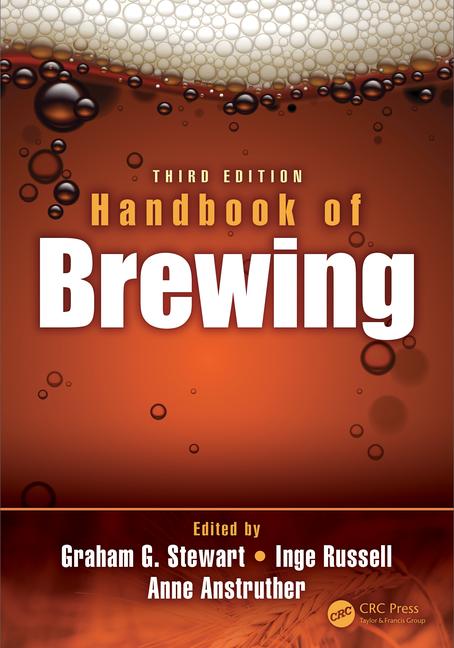Clean labels with natural hydrocolloids
Hydrocolloid suppliers offer natural solutions

CP Kelco’s gellan gum Kelcogel adds mouthfeel for several protein and milk-alternative beverages. (Image courtesy of CP Kelco)

Socius Ingredients’ Glyloid, a Tamarind seed gum, was recently introduced into the U.S. market just last month. (Image courtesy of Socius Ingredients)


As health and wellness trends continue to rise, more and more consumers are looking for natural options and checking the labels before they buy. “The hydrocolloid market continues to grow as consumers seek convenient, healthy, fun and delicious products across the board,” Barb Chinn, food applications and research and development manager at Atlanta-based CP Kelco, says. “Hydrocolloids can help manufacturers meet these consumer demands.”
Beverage companies have retaliated to these trends and many are working to clean up their labels. Hydrocolloid suppliers now have natural offerings to accommodate this growing need assisting beverage manufacturers. “It is safe to say that there is high interest in delicious, good-for-you products around the world,” Chinn says. “Consumers are also seeking simpler and cleaner labels, resulting in increased demand for beverages that use hydrocolloids made from raw materials derived from nature and familiar to consumers.”
“Our consumers are looking for hydrocolloid options that are natural, genetically modified organism-free and meet clean label requirements,” Certified Food Scientist and Director of Marketing at BI Nutraceuticals, Long Beach, Calif., Randy Kreienbrink says. According to Kreienbrink, the move towards clean labels has caused manufacturers to start reducing the number of ingredients used in beverages as well as moving toward natural hydrocolloid options.
Socius Ingredients, Evanston, Ill., recently introduced its natural hydrocolloid solution, Glyloid, a Tamarind seed gum, into the U.S. market just last month. “Our customers were seeking a clean label hydrocolloid with unique properties that provided food technologists the ability to create new and improved products, tastes and textures,” said Martin O’Donovan, president of Socius Ingredients, in a statement. According to Conor Buckley, vice president of Socius Ingredients, the natural hydrocolloid works well in juices, diet sodas and other non-dairy beverages. “Socius Ingredients was motivated to bring Glyloid to market in the U.S. after listening to its food and beverage manufacturing customers and seeing a need in the market for a high performing, clean label hydrocolloid that could improve taste, mouthfeel and stability of food and beverage products,” Buckley says. “As beverage offerings become more sophisticated, the need for functional ingredients, such as hydrocolloids, will continue to increase. Clean label hydrocolloids from natural sources are a label friendly way to improve stability and mouthfeel.”
According to Buckley, the natural hydrocolloid is a “Newtonian fluid, so its viscosity does not change with the shear rate.” Therefore, he says, it behaves like a cream or fat dispersing in the mouth to enhance mouthfeel. Socius Ingredients also offers Tamarind, which is popular in Mexico and a label friendly hydrocolloid.
Ana Maria Garavito Rojas, food scientist in gum technology for Penford Food Ingredients, Centennial, Colo., agrees that there has been an increased demand for clean label hydrocolloids, but says that success here depends on meeting consumer perceptions. “As there is not yet a clear definition of 'clean label', and in many occasions it depends on consumer perception, the finished product must match this perception and the degree of acceptance of new sensorial attributes,” she says.
Milk and protein drinks
“The market for hydrocolloids is increasing in parallel with the range of new product offerings,” Buckley says. This can be seen in the protein drink and milk-alternatives market.
According to Chinn, protein and milk-juice beverages, smoothies and drinkable yogurts have historically been some of the main beverages that utilized hydrocolloids. “Chocolate milks have traditionally used carrageenan to provide cocoa suspension,” she says. “The market for dairy milk alternatives, such as almond and coconut milk, has exploded. These products often require hydrocolloids to protect the proteins from aggregation in the presence of acid to maintain a smooth, creamy mouthfeel, as well as to prevent protein sedimentation and serum separation.
As Beverage Industry reported last month, approximately 61 percent of U.S. adults consume sports drinks; according to Chicago-based Mintel’s market research firm’s January 2015 “Nutritional and Performance Drinks” report. “In line with this, the shelf-stable non-aseptic sports drink category grew nearly 4.6 percent in dollar sales for the 52 weeks ending Feb. 22 in U.S. supermarkets, drug stores, mass merchandisers, gas and convenience stores, military commissaries, and select club and dollar retail chains, according to Chicago-based Information Resources Inc. (IRI),” Beverage Industry reported last month. Therefore, the trends in these markets additionally drive the hydrocolloid market.
Chinn says there has also been increased interest in alternative milks with new nutrient profiles. “We have certainly seen a high degree of interest in alternative milks with new nutrient profiles offering potential health benefits, neutral pH protein beverages with 1-2 percent protein in combinations of protein sources including whey, and new vegetable protein sources such as pea, potato and bean proteins, which are free from common allergens,” she says.
“We have seen the growth of gellan gum in a range of new beverages where an inclusion or a fortifying ingredient has been added,” Chinn explains. “[Gellan gum in alternative milks] have existed in the past, but now are available refrigerated and with long shelf life. Gellan gum allows uniform consistency and suspension of proteins, fiber, and insoluble minerals.”
CP Kelco offers several hydrocolloid solutions for protein and milk beverages including gellan gum Kelcogel, pectins Genu and Slendid, and cellulose gum Celkol.
Sweet, but low
The same trends that are driving the desire for clean labels also are increasing the consumer demand for low- or no-sugar beverage options. “Lower sugar options have actually increased the demand for hydrocolloids,” BI Nutraceutial's Kreienbrink says. “Sugars are what give body to the beverage, so low- to no-sugar beverages need to beef up the mouthfeel with the use of natural hydrocolloids.”
As the health and wellness trend continues, CP Kelco’s Chinn says they also are seeing more low-sugar beverage applications. “By using hydrocolloids in a beverage formulated with a high intensity sweetener, the lacking texture from sugar can be built back into the system,” she says.
According to Kreienbrink, BI offers several natural hydrocolloid solutions including psyllium, pectin and chia, which offer the benefits of improving low- or no-sugar beverages while meeting clean label needs. “Low sugar and juice pulp options most commonly utilize hydrocolloids,” Kreienbrink says. “Low-sugar beverages need added viscosity because of the lack of solids, and hydrocolloids keep the pulp in high pulp drinks from settling.”
Socius’ Glyloid works particularly well in low-sugar beverages providing a fuller, richer mouthfeel, Socius’ Buckley adds.
The future
As these trends continue, experts say the hydrocolloid market will expand as well. However, several note that this is contingent on beverage manufacturers ability to conform to consumer demands.
“The hydrocolloid market should continue to remain strong so long as hydrocolloids themselves meet clean label subjectivity,” BI Nutraceutial's Kreienbrink says.
“As more and more beverages are developed in the nutraceutical and health and wellness segments, hydrocolloids will become more and more important ingredients for product development,” Joshua Brooks, vice president of gum technology at Penford Food Ingredients, says. “Creating a wide range of textures for instant powdered protein beverages, as well as ready-to-drink products, hydrocolloids are problem solvers, especially when combined with other gums, starches or fibers.”
Additionally, Chinn said alcoholic beverages have recently been using hydrocolloids in creamy liqueurs and spirits, as well as highly carbonated beverages. This offers yet another market hydrocolloids may be expanding into in the future.
Looking for a reprint of this article?
From high-res PDFs to custom plaques, order your copy today!





